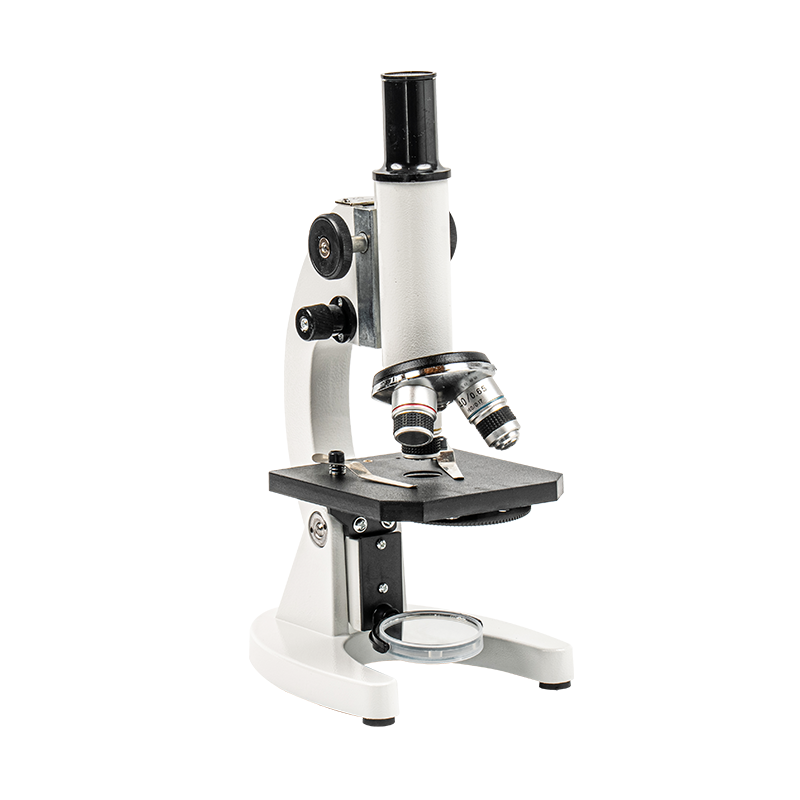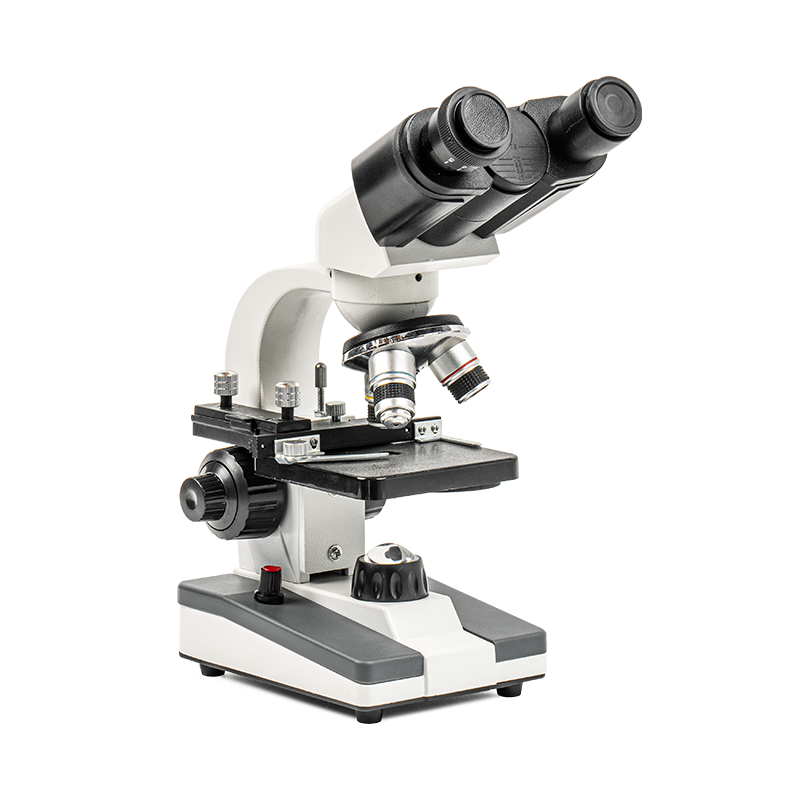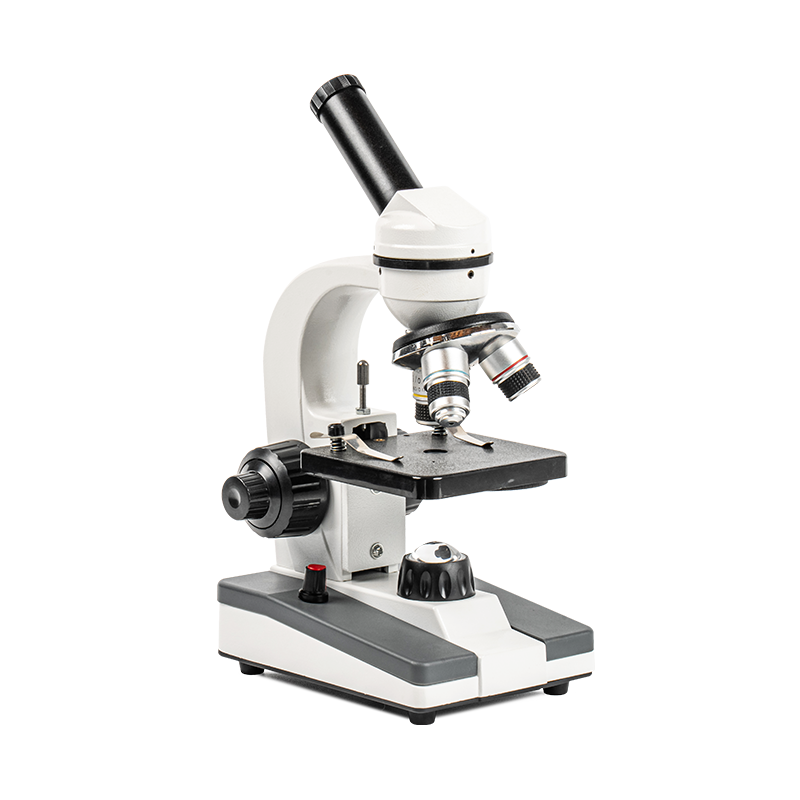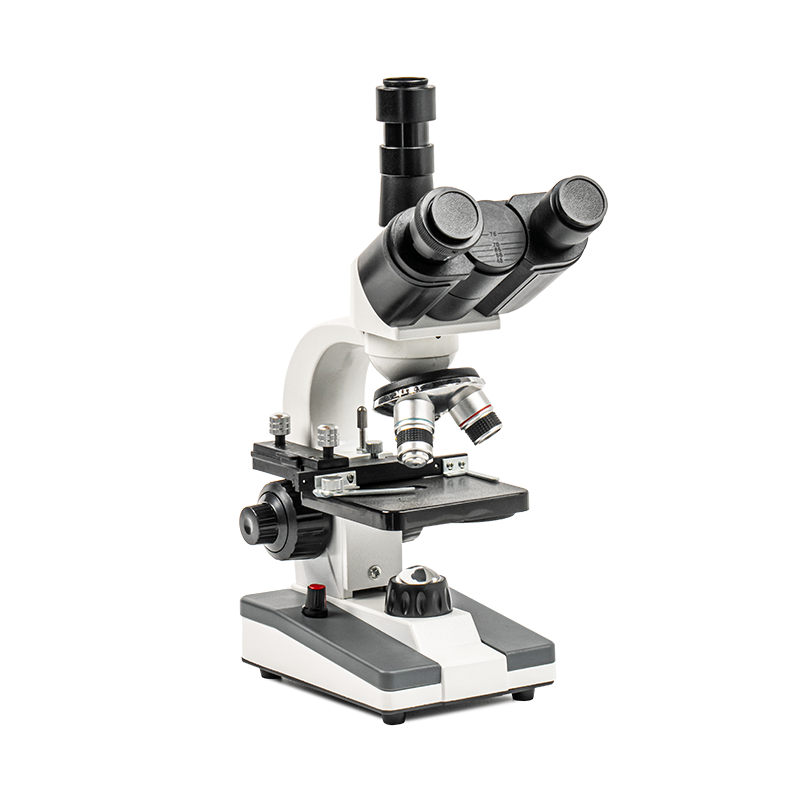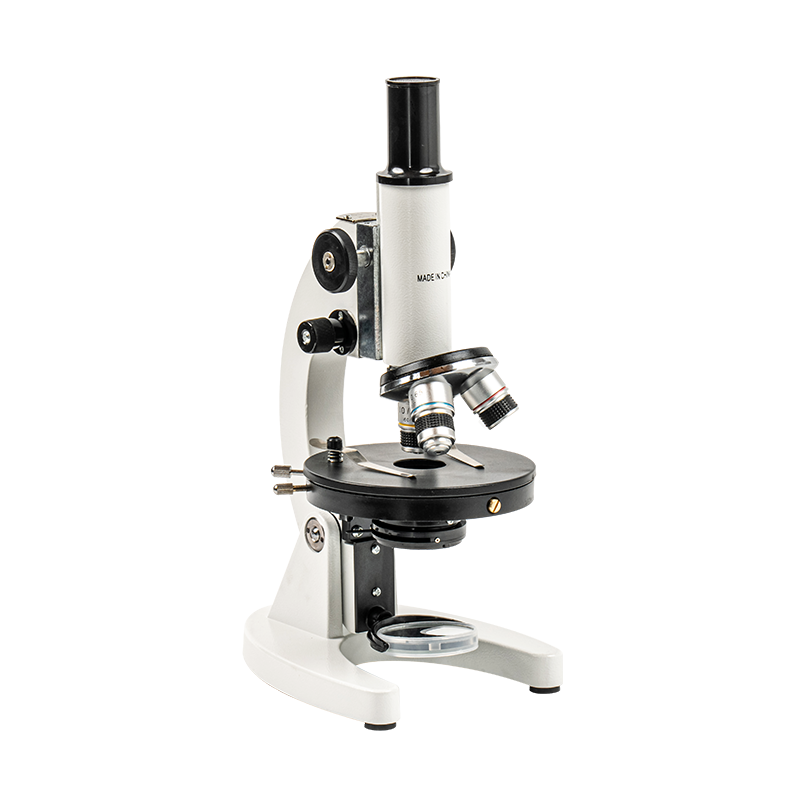The landscape of education has undergone a profound transformation in recent years, driven in large part by the rise of remote learning. While technology has brought incredible benefits to education, it has also presented challenges — particularly when it comes to practical, hands-on subjects like science. Students learning remotely often miss the opportunity to engage with physical scientific tools like microscopes, which are essential for a deeper understanding of biology, chemistry, and other STEM fields. However, in the wake of these challenges, school student microscopes are quickly becoming a must-have tool for remote learning environments.
Content
The Challenges of Remote Science Education
Remote learning has revolutionized education in many ways, allowing students to continue their studies despite geographical limitations or health-related disruptions. However, for subjects like science, remote learning often presents significant obstacles. Traditional science education relies heavily on laboratory experiments, where students interact with physical materials, conduct experiments, and make observations. With online learning, these hands-on activities become difficult to replicate, leaving students at a disadvantage.
For science students, particularly those in biology and chemistry, the ability to observe and interact with physical specimens under a microscope is an essential part of learning. Without microscopes, students can miss out on vital learning experiences — such as observing cell structures, identifying microorganisms, and understanding the basic principles of microscopy. This loss of hands-on learning can be detrimental to students' understanding of scientific concepts and discourage interest in STEM fields.
As schools adapt to remote and hybrid learning environments, educational tools like school student microscopes are providing a solution to these challenges. By integrating microscopes into remote learning, educators can bring the laboratory to the student’s home, ensuring that practical science experiences remain an integral part of the curriculum.
School Student Microscopes: Bringing Science to the Home
School student microscopes are designed specifically to be user-friendly, affordable, and portable, making them ideal for remote learning environments. Unlike high-end research microscopes used in universities and laboratories, student microscopes are built with durability, ease of use, and affordability in mind. Many models are compact, lightweight, and offer sufficient magnification for studying everyday specimens, from pond water to plant tissues.
These microscopes often come with features tailored to students’ needs:
Simple operation: With adjustable focus mechanisms and easy-to-understand controls, school student microscopes are designed to be intuitive for students, even those with little to no prior experience using lab equipment.
Educational kits: Many microscopes are sold as part of a comprehensive kit, which includes slides, sample materials, and instructional guides to help students get started. These kits often come with pre-prepared slides, giving students immediate access to specimen observation even without the need to collect samples themselves.
Affordable pricing: Since the goal is to make science accessible to as many students as possible, school student microscopes are priced lower than professional-grade equipment, making them a viable option for families and schools, even in tight budgets.
Digital integration: Some modern school student microscopes come equipped with cameras or compatibility for connecting to a computer or tablet. This allows students to stream what they see through the microscope directly to their device, enabling them to participate in virtual classes, share their observations with teachers, and engage in collaborative activities.
These features make school student microscopes highly effective tools for remote learning, ensuring that students can continue to engage with scientific subjects in a practical and meaningful way, even outside of a traditional classroom setting.
Promoting Curiosity and Active Learning
One of the greatest advantages of school student microscopes is their ability to foster curiosity and active learning. Remote learning often suffers from a lack of engagement, as students are removed from the hands-on, interactive activities that typically make science come alive. By bringing microscopes into the picture, teachers can inspire students to take an active role in their learning.
When students are given the opportunity to explore the microscopic world, they can make their own discoveries, draw their own conclusions, and experience the joy of scientific inquiry. This hands-on approach promotes:
Critical thinking: Students learn how to observe, analyze, and interpret what they see under the microscope. These critical thinking skills are essential not only for scientific learning but also for problem-solving in everyday life.
Self-directed learning: By using microscopes to explore different specimens, students can learn to be more independent in their studies. Teachers can provide guidance and prompts, but students can explore their own interests and drive their own learning process, fostering a deeper connection to the material.
Active engagement: Active learning is known to be more effective than passive learning. When students actively manipulate a microscope and observe specimens themselves, they are more likely to retain information, improve their focus, and develop a passion for the subject.
For remote learning, where students often struggle with motivation and attention, these benefits of active, hands-on learning are crucial in helping students stay engaged and curious about their studies.
Bridging the Gap Between Traditional and Digital Learning
A significant challenge in remote learning is bridging the gap between traditional hands-on learning and the digital space. While virtual labs and simulations can be valuable, they cannot replicate the real-world experience of using actual laboratory equipment like microscopes. This is where school student microscopes are making a significant impact.
By combining physical microscopes with digital tools, such as cameras, screens, and online platforms, teachers can create a hybrid learning experience that combines the best of both worlds. Here’s how school student microscopes can bridge this gap:
Virtual classroom integration: Many school student microscopes come with a digital camera or USB interface that allows students to stream what they see through the microscope to an online platform. Teachers can then guide students through the observation process, discuss findings in real time, and even offer feedback on students' notes and observations.
Interactive demonstrations: Teachers can set up live, interactive demonstrations where students observe a specimen under the microscope during a live class. This creates a shared, interactive experience, mimicking a traditional science lab as closely as possible in a virtual setting.
Collaboration and sharing: With the digital integration of school student microscopes, students can share their findings with classmates, participate in group discussions, and collaborate on projects. This digital sharing fosters a sense of community, which is often lacking in remote learning environments.
By utilizing school student microscopes alongside digital platforms, educators can provide a more holistic learning experience that keeps students connected to both the material and their peers, even when they are learning from home.
Enhancing STEM Education and Career Interest
Science, technology, engineering, and mathematics (STEM) education has never been more important, as the world becomes increasingly dependent on technology and scientific advancements. School student microscopes play a critical role in encouraging students to pursue STEM fields by offering them an early introduction to laboratory techniques and scientific inquiry.
Hands-on exposure: Students who use microscopes regularly gain hands-on exposure to real scientific tools, giving them an understanding of the tools used in labs and research. This experience can spark an interest in pursuing careers in fields like biology, medicine, environmental science, and biotechnology.
Building confidence: As students become more familiar with using microscopes, they gain confidence in their ability to conduct experiments, make observations, and analyze data. This confidence is critical as they move on to higher levels of education and consider career paths in scientific fields.
Inspiring curiosity about the natural world: Microscopes give students the opportunity to explore the natural world in a way that they can’t through textbooks alone. Whether observing the structure of plant cells or examining the movement of microorganisms in water, microscopes provide an intimate, awe-inspiring look at life that can ignite a passion for science.
For remote learners, these early experiences with school student microscopes help instill a deeper appreciation for STEM subjects and motivate them to pursue scientific careers in the future.

 English
English Español
Español عربى
عربى 中文简体
中文简体
